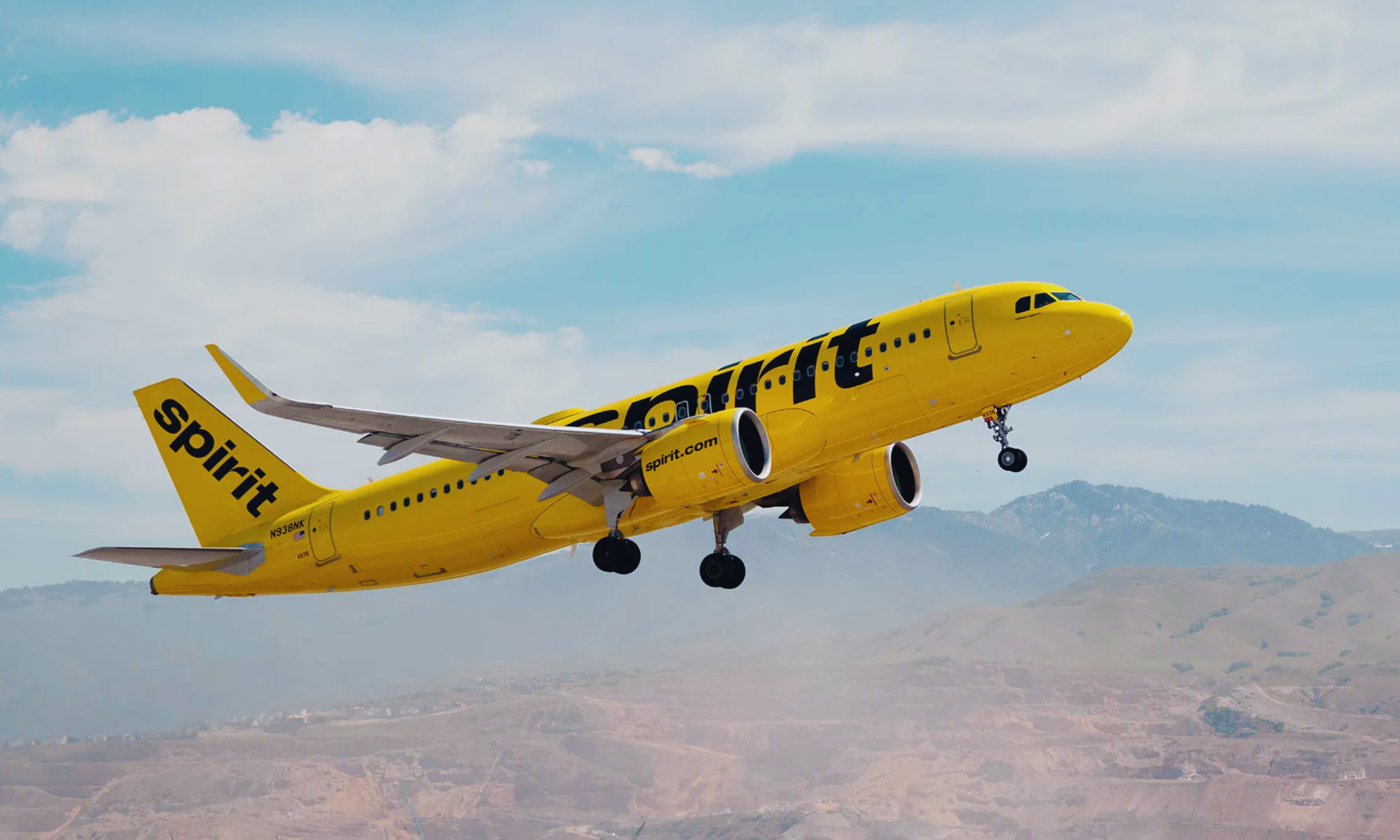Spirit in Turbulence: Budget Airline Files for Chapter 11 to Stay Aloft

Spirit Airlines announced on Monday that it has filed for Chapter 11 bankruptcy protection as it struggles to recover from pandemic-related setbacks and a failed attempt to merge with JetBlue.
The airline, the largest U.S. budget carrier, has incurred losses exceeding $2.5 billion since 2020 and faces over $1 billion in debt payments in the coming year.
Despite the bankruptcy filing, Spirit assured customers that operations would continue without disruption. Tickets, credits, and loyalty points remain valid, along with affiliated credit card perks. The company stated that the Chapter 11 process would be “prearranged,” signaling its intention to reorganize efficiently.
Shares of Spirit Airlines, headquartered in Miramar, Florida, fell 25% last Friday following reports from The Wall Street Journal that the company was in discussions with bondholders about potential bankruptcy terms.
This marks a significant drop in Spirit’s stock, which has plummeted 97% since late 2018 when the airline was still profitable. However, shares recovered slightly, rising nearly 4% before markets opened on Monday.
Efforts to Address Financial Challenges
In August, CEO Ted Christie confirmed that the airline was negotiating with bondholders regarding debt repayments, describing these talks as a “priority.” During an earnings call, Christie emphasized Spirit’s focus on refinancing debt, improving liquidity, launching its revamped product, and expanding loyalty programs.
Although passenger numbers rose by 2% in the first half of this year compared to the same period in 2022, revenue per mile decreased by nearly 20%. Passengers are flying but paying less, contributing to continued financial losses.
This decline is not new. Spirit has struggled to regain profitability despite the rebound in travel demand post-pandemic. Key challenges include increased labor costs and competition from larger airlines offering low-cost ticket options. Fares for leisure travel, Spirit’s core business, have dropped due to a surplus of available flights.
Operational Adjustments and Strategic Shifts
In response to these challenges, Spirit has made significant changes to its business strategy. This summer, the airline introduced bundled fares that include amenities like larger seats, priority boarding, and complimentary bags, internet, and snacks.
This move departs from Spirit’s traditional ultra-low-cost model, which relied on enticing customers with rock-bottom base fares and charging extra for add-ons.
Moreover, Spirit announced plans to reduce its flight schedule by nearly 20% for the October-to-December period compared to last year. Analysts believe this reduction could help stabilize fares but may benefit competitors like Frontier, JetBlue, and Southwest more than Spirit due to overlapping routes.
The Association of Flight Attendants, representing Spirit’s employees, reassured union members on Monday that no furloughs or changes to pay and working conditions are expected. The union has also retained legal counsel to monitor the bankruptcy process.
Challenges with Fleet Maintenance
Spirit’s operational struggles have been compounded by mandatory repairs to Pratt & Whitney engines, leading to the grounding of numerous Airbus jets. These maintenance requirements have affected Spirit’s fleet performance and resulted in pilot furloughs.
Despite these issues, Spirit’s relatively young fleet has historically made it an attractive acquisition target. However, merger attempts have been unsuccessful.
Failed Merger and Market Impacts
Spirit’s financial woes intensified after its proposed $3.8 billion merger with JetBlue was blocked by the U.S. Department of Justice earlier this year. The DOJ argued that the deal would reduce competition and raise prices for cost-conscious travelers, leading a federal judge to side with the government. Spirit and JetBlue ultimately abandoned the merger two months later.
In 2022, Spirit also attempted to merge with Frontier Airlines, but JetBlue outbid Frontier. Neither deal materialized, leaving Spirit to navigate its financial challenges alone.
Context of U.S. Airline Bankruptcies
Spirit’s bankruptcy filing follows a pattern seen in previous decades, when major U.S. carriers like PanAm, TWA, and United sought Chapter 11 protection. Many of these airlines used bankruptcy as a tool to restructure operations and negotiate better terms on debts, including aircraft leases.
Some, like Delta and United, successfully emerged from bankruptcy, while others, such as PanAm, liquidated entirely.
The last major U.S. airline to file for bankruptcy was American Airlines in 2011, which emerged from Chapter 11 in 2013 after merging with US Airways. Spirit hopes to follow a similar path to recovery as it works to stabilize operations and regain financial footing.









